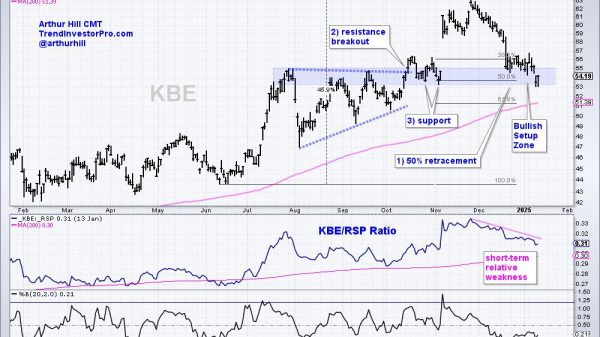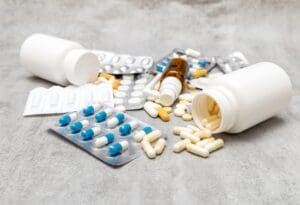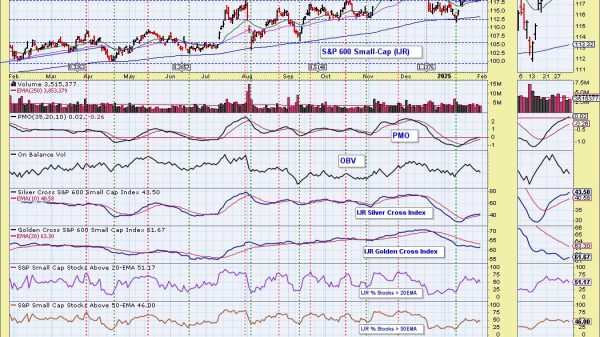
The pharmaceutical industry is undergoing a significant transformation. Historically focused squarely on safety and efficacy, the sector is now embracing a new priority: sustainability.
This shift is driving a revolution in pharmaceutical packaging, with companies actively seeking greener alternatives that reduce environmental impact without compromising the integrity of medical products. The move towards sustainability is not just a trend; it’s becoming a core part of business strategy, reflecting a broader awareness of corporate environmental responsibility.
This change is fuelled by several factors. Consumers and regulators are demanding more eco-friendly solutions across all industries, and pharmaceuticals are no exception. At the same time, innovations in material science are making it possible to develop packaging that is both sustainable and meets the stringent requirements for protecting sensitive medications. As a result, the industry is seeing a surge in new materials and designs aimed at creating a healthier planet.
This article explores the rise of sustainable pharmaceutical packaging. We’ll look at the key drivers behind this movement, the innovative materials leading the charge, and how the industry is adapting to balance sustainability with safety.
Why the Green Shift in Pharma Packaging?
The push for sustainable packaging in the pharmaceutical world is multi-faceted, stemming from regulatory pressures, consumer expectations, and a growing corporate commitment to environmental stewardship.
Regulatory Compliance and Environmental Goals
Governments and international bodies are setting ambitious environmental targets, and the pharmaceutical industry is taking note. Regulations aimed at reducing plastic waste and promoting a circular economy are compelling companies to rethink their packaging strategies. Companies that proactively adopt sustainable practices are not only ensuring compliance but also positioning themselves as leaders in a rapidly evolving regulatory landscape.
Growing Consumer and Investor Demand
Modern consumers are more environmentally conscious than ever. They are increasingly making purchasing decisions based on a company’s environmental credentials. This extends to the healthcare sector, where patients and consumers prefer products from brands that demonstrate a commitment to sustainability. Similarly, investors are prioritising companies with strong Environmental, Social, and Governance (ESG) performance. By investing in sustainable packaging, pharmaceutical firms can enhance their brand image, build customer loyalty, and attract investment.
Corporate Responsibility and Brand Reputation
Beyond compliance and market demand, many pharmaceutical companies are driven by a genuine sense of corporate responsibility. Integrating sustainability into their operations is a way to align their business practices with their mission of improving human health. A strong commitment to sustainability can significantly enhance a brand’s reputation, fostering trust among patients, healthcare providers, and the wider community. It shows that a company cares not only for the health of individuals but also for the health of the planet.
Materials Leading the Sustainable Charge
Innovation is at the heart of the sustainable packaging movement. The industry is exploring a range of materials that offer environmental benefits while ensuring product safety.
The Return of Glass Packaging
Glass is making a major comeback as a preferred material for pharmaceutical packaging, thanks to its excellent sustainability credentials. It is infinitely recyclable without any loss of quality, making it a cornerstone of the circular economy.
Amber glass bottles, in particular, are highly valued in the pharmaceutical industry. They offer superior protection for light-sensitive medications, preventing degradation from UV and blue light, which is crucial for maintaining the efficacy of many drugs and supplements. The inherent inertness of glass also ensures that there is no chemical interaction between the packaging and its contents, preserving the purity of the product. By choosing glass packaging, companies can offer a solution that is not only safe and effective but also fully recyclable and environmentally responsible.
Innovations in Plastics and Bioplastics
While the industry aims to reduce plastic dependency, innovations are making plastics more sustainable. The development of mono-material packaging, made from a single type of plastic, simplifies the recycling process.
Bioplastics, derived from renewable sources like corn starch or sugarcane, offer another promising alternative. These materials can be biodegradable or compostable, reducing the reliance on fossil fuels and mitigating plastic pollution. While challenges related to their barrier properties and end-of-life processing remain, ongoing research is paving the way for their wider adoption.
Paper and Paperboard Solutions
Paper-based packaging is another key area of innovation. Sustainably sourced paper and paperboard are being used to create secondary packaging, such as cartons and inserts, that are easily recyclable. Some companies are even developing paper-based blister packs and bottles as alternatives to their plastic counterparts. These solutions help reduce the overall plastic footprint and align with consumer preferences for renewable materials.
Looking Ahead: A Greener Future for Pharma
The transition to sustainable pharmaceutical packaging is well underway, driven by a convergence of regulatory pressure, consumer demand, and corporate initiative. While challenges remain in balancing sustainability with the rigorous safety and functional requirements of medical packaging, the industry is demonstrating a strong commitment to finding innovative solutions.
From the reliable and recyclable nature of glass to the cutting-edge potential of bioplastics, the future of pharmaceutical packaging is set to be greener. By embracing these changes, the industry can not only reduce its environmental footprint but also strengthen its role as a key contributor to global health and well-being. The journey is ongoing, but the direction is clear: a healthier planet and healthier people go hand in hand.
Read more:
Sustainable Pharmaceutical Packaging on the Rise























